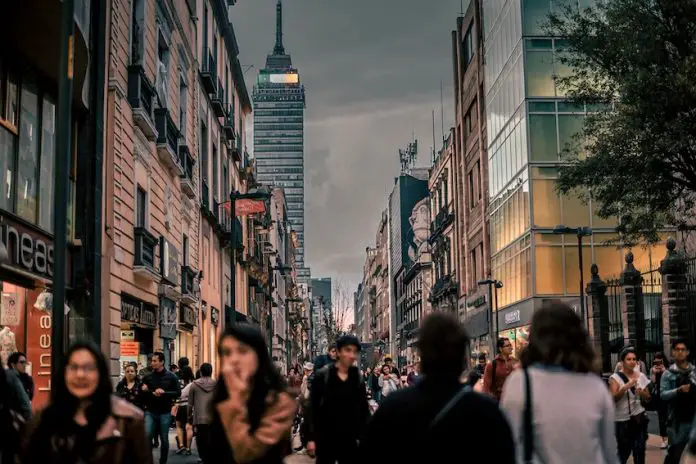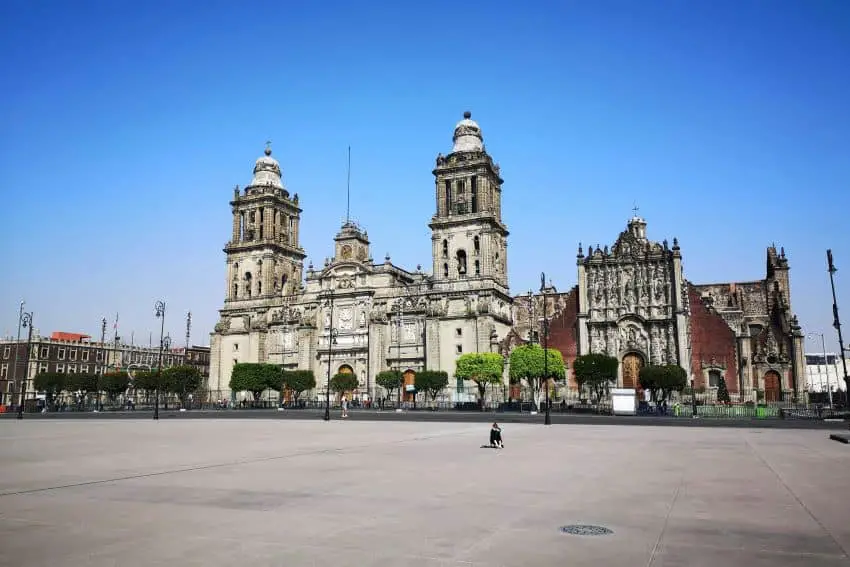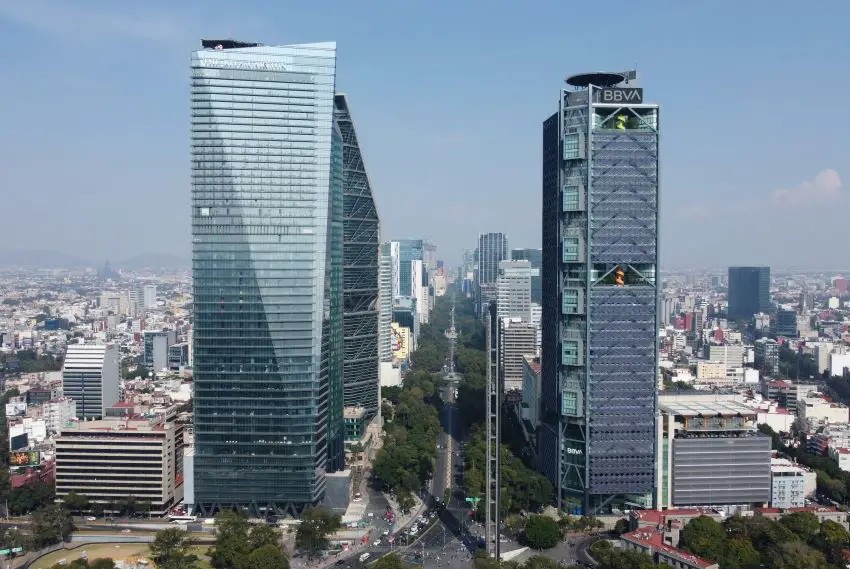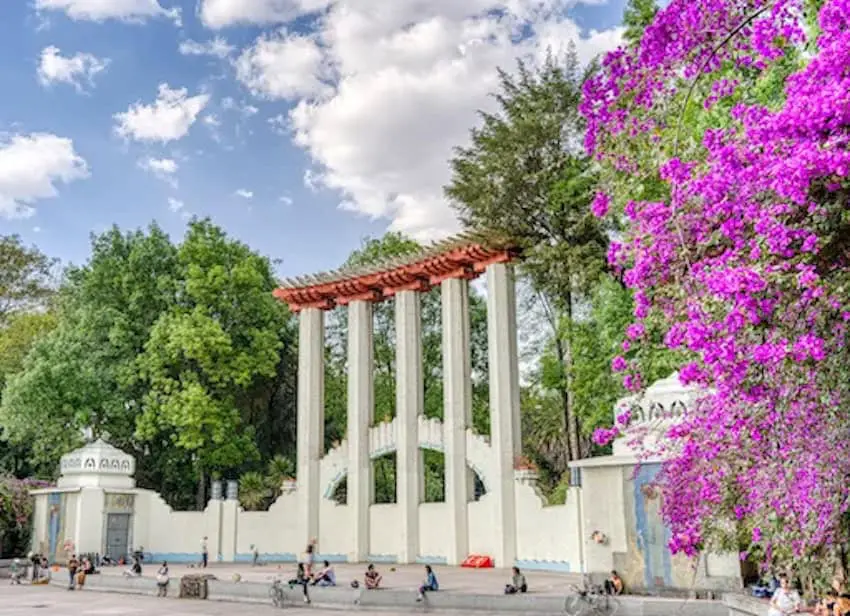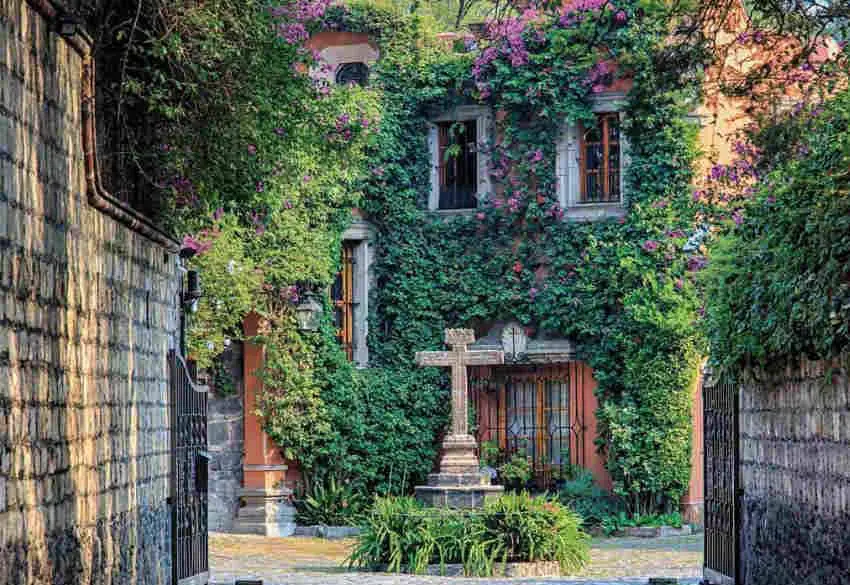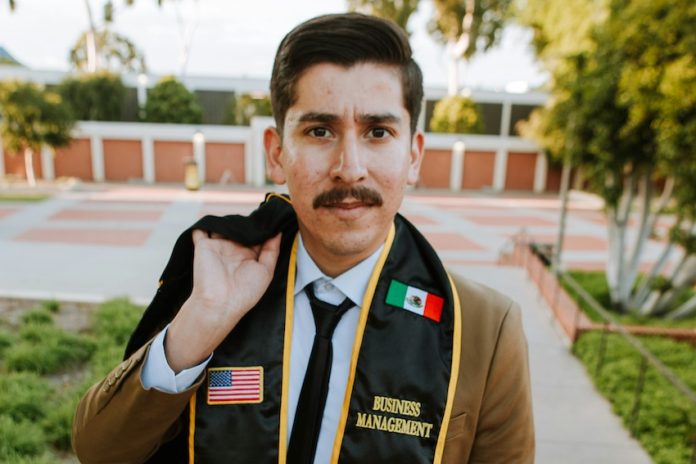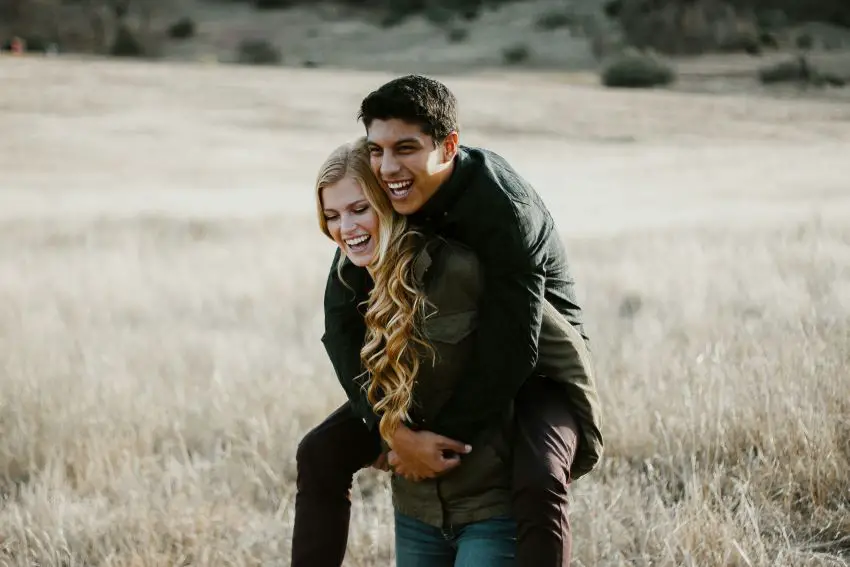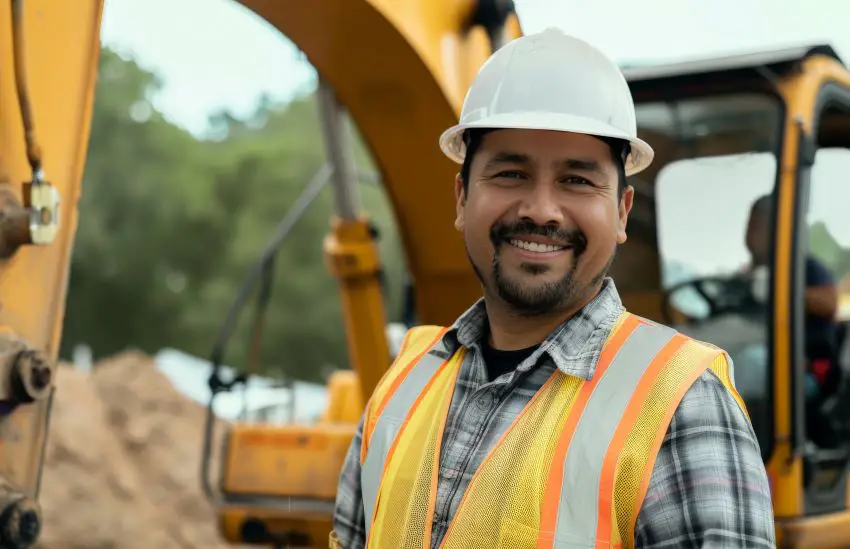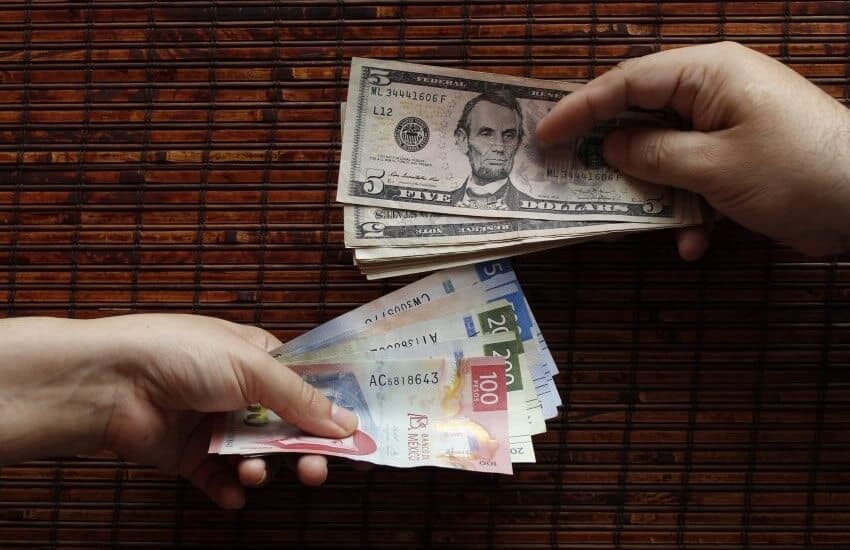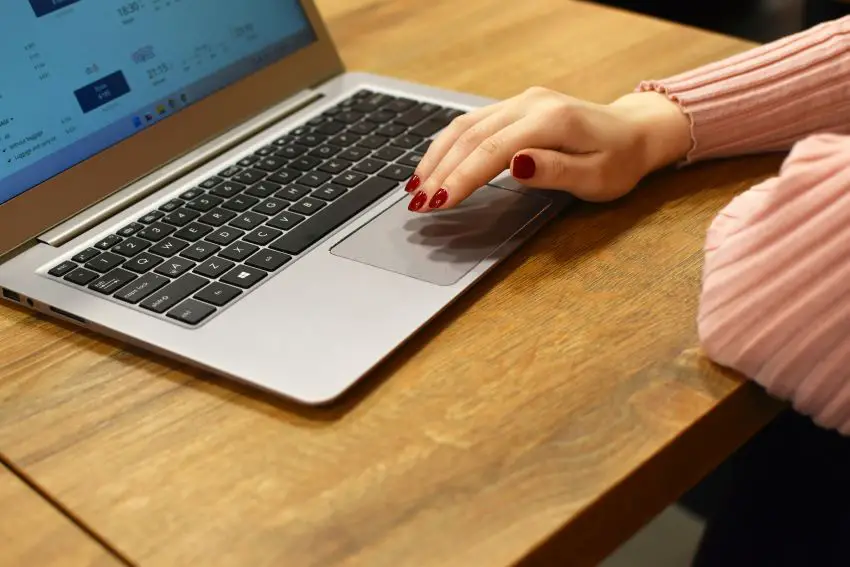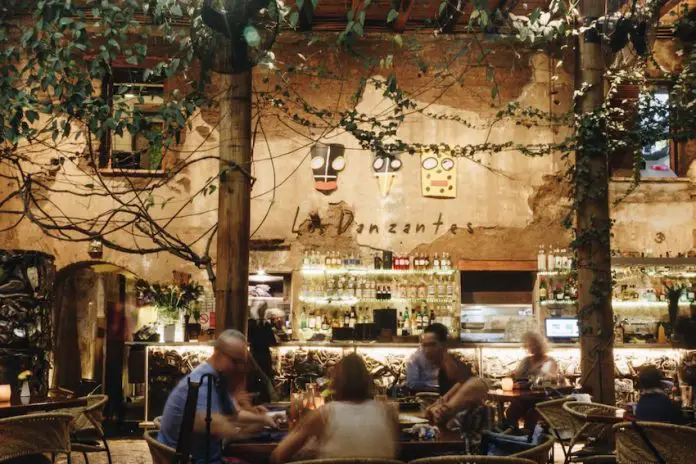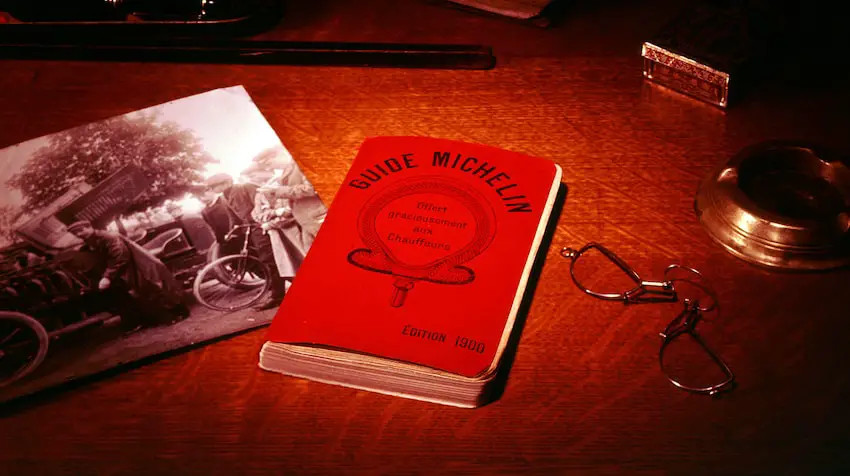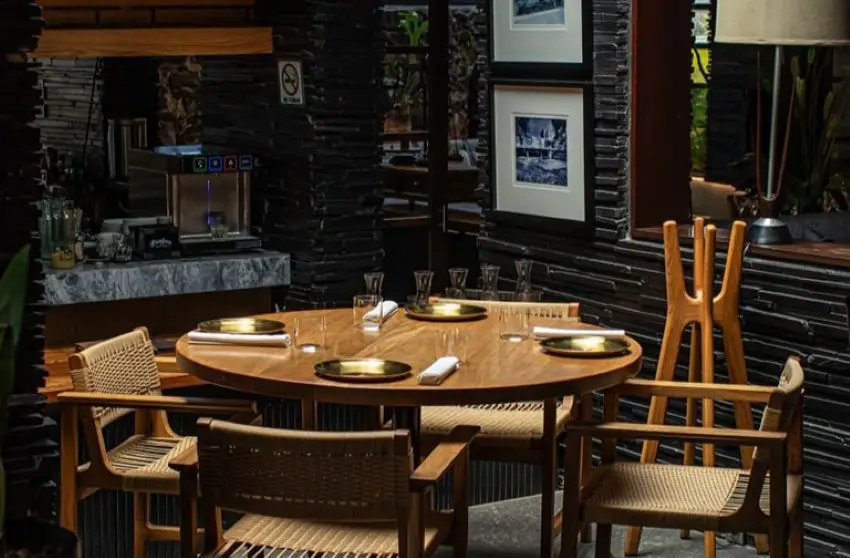When the sun goes down, the beaches of Puerto Vallarta make way for moonlit streets and pulsing energy. This energetic Pacific coast city transforms into a playground for night owls, offering everything from cold Coronas and classy cocktails to sweaty dance floors and divey dens. Speaking as a laid-back lounge lover and a dancer-til-dawn in this city over the past 11 years, it’s undeniable that Puerto Vallarta has some of the best nightlife in Mexico. Here are some of the city’s best nighttime haunts.
Colibri: A mixology masterpiece
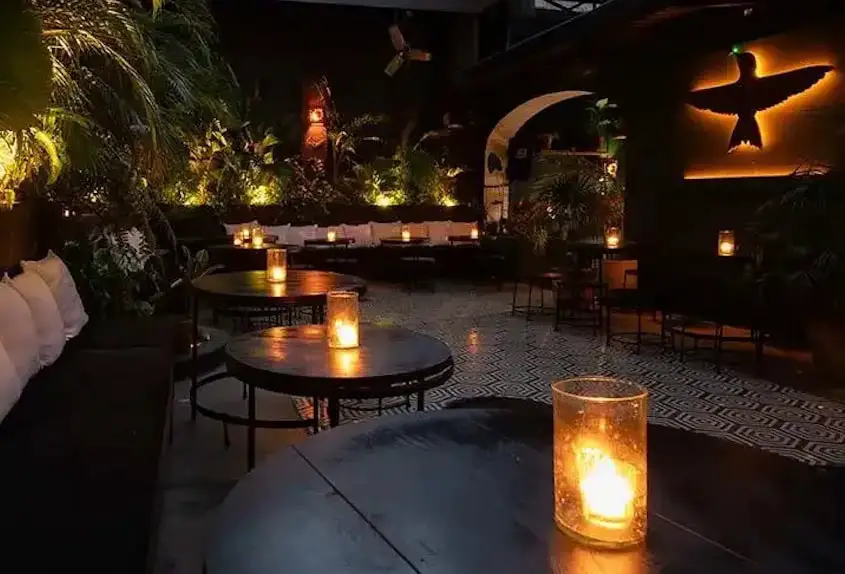
Colibri is a sexy, dimly lit cocktail bar in the heart of Centro, just steps from the Malecón. Designed like a tropical speakeasy, the green glow of neon lights washes over the foliage-filled courtyard. But this isn’t your typical rum and Coke kind of place: here, bartenders are artists, crafting cocktails that are as photogenic as they are potent and delicious. Try the Papu’s Sazón, a mezcal-based cocktail served with green tomatillo jam, pineapple juice and a spicy homemade jalapeño liqueur.
Mr. Flamingo: Open-air street party
If you’ve got a good buzz going, the next stop has to be Mr. Flamingo. On a buzzy corner in the Zona Romántica, Mr. Flamingo is one of Puerto Vallarta’s most popular and lively gay bars. With its open-air design, neon pink flamingos and an incredibly bubbly and inclusive ground, this is the place in town to grab a margarita and dance to an infectious playlist of pop, retro and Latin hits. The crowd often spills into the street, creating a block-party vibe that is impossible to avoid. Don’t be surprised if you end up staying longer than planned.
El Tasting Room: For low-key wine lovers

If the idea of downing tequila shots at Mr. Flamingo doesn’t appeal to you, no worries— Puerto Vallarta has something for every kind of night owl. Enter El Tasting Room, an intimate wine bar that offers a world-class selection of wines in an upscale yet approachable environment. Whether you’re a wine aficionado or someone who just wants to enjoy a good glass of cabernet, the staff will help guide you to a great pour. Plus, they serve tapas, which is great if you need a little refuel.
Bar La Playa: Effortlessly cool
Sometimes all you need is a hole-in-the-wall bar with great drinks and good vibes. That’s exactly what you’ll find at Bar La Playa. This unassuming bar, also in Zona Romántica, has garnered a local cult following for its strong drinks and welcoming atmosphere. It’s the kind of place where you can pull up a stool, chat with strangers and see where the evening takes you.
The Top Sky Bar: Rooftop vibes
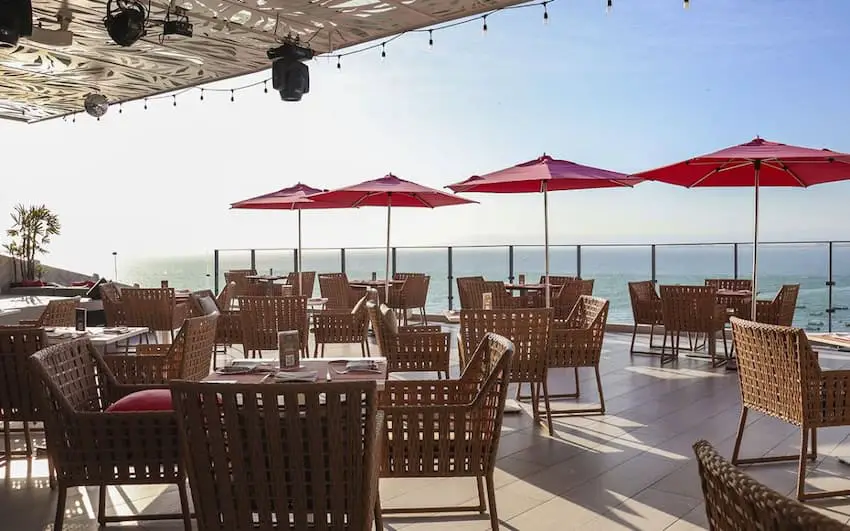
You can quite literally elevate the night at The Top Sky Bar. Perched high above the city, this chic rooftop bar has sweeping views over the Bay of Banderas and the lights of Zona Romántica and beyond. The ambiance is equal parts trendy and romantic, making it a prime spot for either a date night or a group hangout. Order a mojito and soak in the ocean breeze. It’s a great spot for sunset, too.
La Santa: Late-night salsa
Let’s be honest. No Puerto Vallarta nightlife guide would be complete without a nightclub. If you’re looking for a glamorous late-night spot where you can dance until your feet hurt, head to La Santa in the Zona Hotelera. This exclusive club attracts a fashionable crowd ready to party in style. With state-of-the-art lighting, booming music and high-end cocktails, La Santa is definitely on a whole new level. VIP tables line the dance floor, so if you’re feeling fancy, this is the spot to splurge.
La Bodeguita del Medio: Classic salsa
Don’t worry: you don’t need to dig deep into your pockets to enjoy a good night of salsa in Puerto Vallarta. Trade the club beats for something more classic at La Bodeguita del Medio. This iconic Cuban bar on the Malecón brings Havana’s vibrant energy to Vallarta, complete with live salsa music, dancing and, of course, mojitos. You’ll feel like you’ve been transported to Cuba as the dance floor starts to heat up. Even if you don’t know how to salsa, this is still an incredibly fun atmosphere for drinks and people-watching.
Roxy Rock House: Rock it out
View this post on Instagram
If rooftop lounging is a little too fancy for you, fear not. Vallarta’s nightlife goes in every direction. Get the best in rock’n’roll energy at Roxy Rock House. A tribute to classic rock, the bar features live bands and a playlist that skews heavily toward rock classics. The grungy, unpretentious vibe makes it a great place to grab a beer and jam out to playlists that feature bands like The Rolling Stones and Metallica.
El Soñador: A local gem
Tucked away in the Zona Romántica, this bi-level bar is all about ambiance, great drinks and a social atmosphere. The relaxed, dimly lit El Soñador has pool tables on the first floor and an open-air rooftop area with neon signs and sexy graffiti. The bartenders are always smiling, and you’ll find a great mix of locals, expats and tourists.
Mandala: A Malecón maybe
I can’t write about Puerto Vallarta’s nightlife without mentioning at least one of the legendary late-night dance clubs on the Malecón. There are three that most tourists gravitate to: La Vaquita, Zoo Bar and Mandala. All three have the same high-octane energy, extravagant design, bottle service and high prices. They’re fun for a night if you’re 25 and it’s your first time in Puerto Vallarta. But other than that, I’d say walk you can probably skip these.
Meagan Drillinger is a New York native who has spent the past 15 years traveling around and writing about Mexico. While she’s on the road for assignments most of the time, Puerto Vallarta is her home base. Follow her travels on Instagram at @drillinjourneys or through her blog at drillinjourneys.com.

